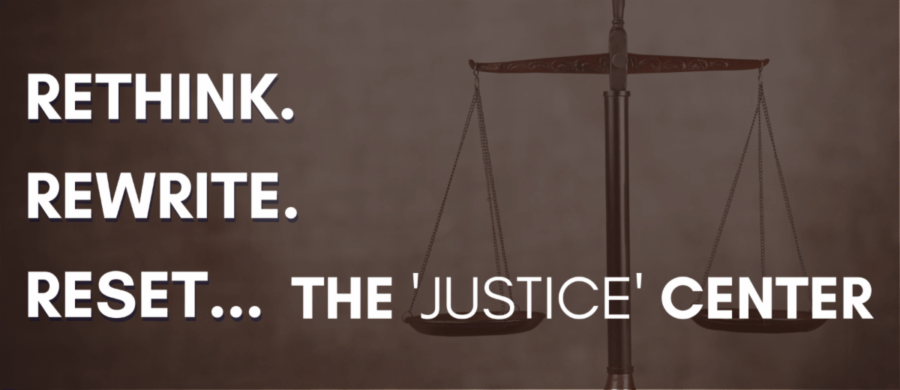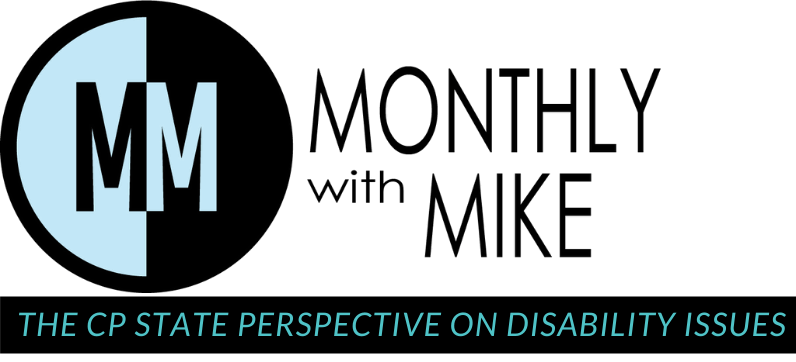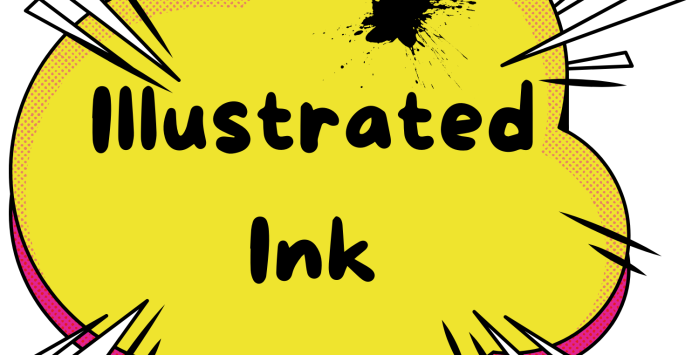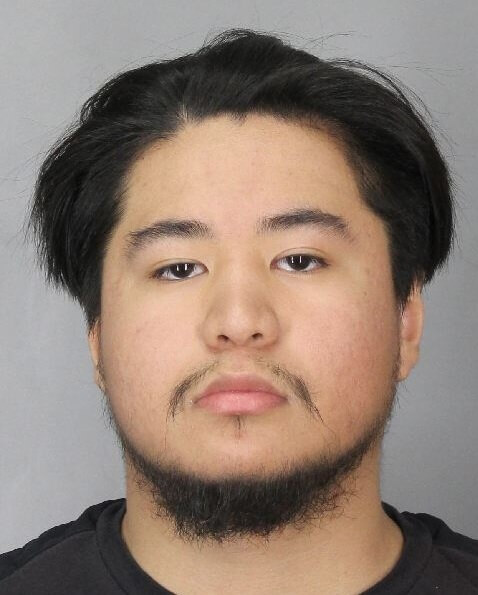While there are some who think we need to dance around issues and be politically correct at all times, there are others that believe frankness has its own charms and is ultimately more effective.
You may be shocked, but I’m in the latter camp.
One area that the disability field seems to have collectively taken to accept as-is and as part of the provider landscape is the Justice Center in New York.
Well, I believe it’s time to essentially point out that the emperor has no clothes.
More specifically, I contend that the Justice Center is perhaps the largest public policy failure of the past two decades and has done almost nothing to improve the quality of life of people with disabilities while adding administrative burdens and additional costs to an already strained system.
Why the provider community has in most part accepted the Justice Center stems from the reason the entire community got behind the concept when Clarence Sundram developed the proposal that was ultimately implemented in 2013: providers are absolutely 100% supportive of streamlining the definitions of abuse and neglect across state agencies and ensuring protections are in place to ensure the safety and well being of “vulnerable populations” as Sundram’s report outlined.
Who could – or would -object to the concepts of streamlining government oversight, ensuring consistency of the rules, protecting and supporting our workforce, and most significantly ensuring the safety and wellbeing of the people we support?
Unfortunately, the Justice Center has failed on all fronts.
And not just failed, but the agency so spectacularly misfired in the beginning of the program that it has done permanent, irreversible damage to the perception of and business of the Justice Center.
A survey conducted by providers conducted after the Justice Center had been in operations for more than a year demonstrated that none of the providers (less than 5%) felt that the Justice Center had improved the quality of life of people with disabilities.
Further, complaints about investigators toting and showing guns as they conducted interviews in our agencies in the initial years permanently tarnished the entire Justice Center operation that has not been removed.
Moreover, the various state agencies the Justice Center work with failed to relent any oversight responsibility and/or improve coordination with the Justice Center and thereby immediately increasing the administrative burden on agencies.
Staff almost immediately learned to weaponize the allegation process against other staff and that legacy continues today.
And the JC continues to this day to require staff to be removed from working for extended periods of time due to delays in the processing of investigations while the work force crisis continues.
Altogether, the policy experiment that is the Justice Center fails New York State taxpayers by adding unnecessary costs, fails the disability provider community by straining limited resources, and fails to improve the quality of life of people with disabilities.
Another important point to keep in mind is that the political push to establish the Justice Center was a series of negative articles about state operated programs who did not weed out bad actors among their staff, presumably due to union protections.
At the same time, voluntary providers – including those with unions – regularly dismissed and addressed problems with staff and maintained quality programs.
No employer is immune from staff making mistakes or even staff who do the wrong thing despite extensive training; however, the difference has always been that voluntary providers as a whole were much more adept at weeding out and addressing problem behaviors of staff.
Let’s recap the Justice Center’s impact:
- Failure to streamline protections across state agency programs.
- Increased burden on providers forced to answer to disjointed JC agency investigations/follow up.
- Staff forced out of work for extended periods of time due to JC processes, despite worst work force crisis in our field’s history.
- Provision of a tool for staff to retaliate against fellow staff members with unfounded allegations having extraordinary impact on the workforce.
- The threat of the Justice Center forcing licensed professionals out of the field and deterring staff from entering the field for similar paying jobs without the Justice Center oversight.
- Approximately 900 workers permanently barred from working in the field (I couldn’t only include the negatives).
- Leadership in recent years have changed the tone and tenor of the Justice Center staff, but the fundamental problems of the agency’s initial years remains.
So, what do we do to move forward?
It’s extremely (probably totally) unlikely that the Justice Center will go away as failed policy experiments should but never do. That said, we need a complete reset of the Justice Center and need to see a number of changes:
1. Removal of the Justice Center’s standing as a law enforcement agency – the Justice Center should serve as a referral center to law enforcement, only if and when necessary. Standing as a law enforcement agency does not align with the small percentage of cases that actually rise to the level of criminality.
2. The Justice Center needs to focus on the quality improvement aspect of its operations. Supporting best practices and quality to ensure protections are in place and supports are of the highest quality is perhaps the best way to ensure safety.
3. The Justice Center’s purported support of the workforce needs to become reality. The Justice Center currently is focused on ensuring they can “get” bad actors and those who are not doing what they should. Looking at the workforce’s needs from a social justice perspective needs to be fundamental to the Justice Center’s operations and services.
4. The concept of restorative justice needs to be restored at the Justice Center (redundancy intentional). Mistakes should not be career ending. Our workforce has many limitations on their skills and abilities and it is now taking years to get staff fully up to speed on the tasks they must do. Hammering someone who makes a mistake or who might learn from their error is just stupid. We need workers and most of the people we recruit are good people – we need every opportunity to help them become part of our agencies. We do not need a punitive, distanced, oversight agency demoralizing and hewing down our workforce.
5. The Justice Center and State agency interactions HAVE TO BE CLEARLY DEFINED. Providers cannot be beholding to multiple task masters. OPWDD can’t come in and ask to reopen a case that the Justice Center closed. Adding a layer of oversight is bad enough, but allowing for ineffective, cross checking and re-doing of work related to one case is just wrong, particularly in a time of severe staffing shortages.
We hear daily about nurses leaving our field, potential staff in a college recruiting session being told not to go into our field because of the Justice Center, lengthy delays keeping key staff out of program support, poor communications from the Justice Center and between the Justice Center and the oversight agency, etc.
It’s all nonsense and all unnecessary.
This is not the bill of goods we were sold when we were introduced to the concept of a streamlining of abuse and neglect definitions and its related oversight process, strong staff support, and improved quality outcomes in our programs.
Not even close.
We need to change the storyline significantly. The authorizing legislation needs a major overhaul, starting with the removal of its law enforcement authority.
The budget for the Justice Center needs to be cut to support quality improvement and our staff and the money wasted on its law enforcement functions reallocated to services.
The people we support do not deserve this inefficient draining of dollars away from their needs. The injustice of all that’s outlined above calls for action.
Let us know what you would be willing to do to take part in or support an effort to rethink, rewrite and reset the Justice Center on a course toward true justice.



































